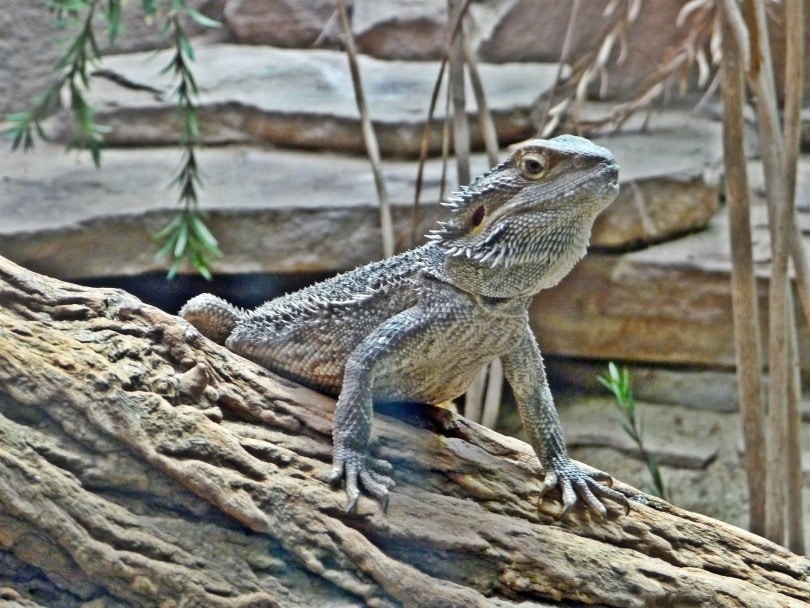

Bearded Dragons are extremely popular in the United States and are found in almost as many homes as the Ball Python. However, despite their popularity, people have only kept reptiles as pets since the mid-90s, so there is still a bit of confusion about feeding them and if it’s safe to feed them vegetables. If you are considering getting a Bearded Dragon for your home but are unsure about what vegetables to feed it, keep reading while we look at what vegetables and other foods are best to provide your pet with a healthy diet that allows your pet to reach its maximum lifespan.
What Kind of Food Does a Bearded Dragon Eat?
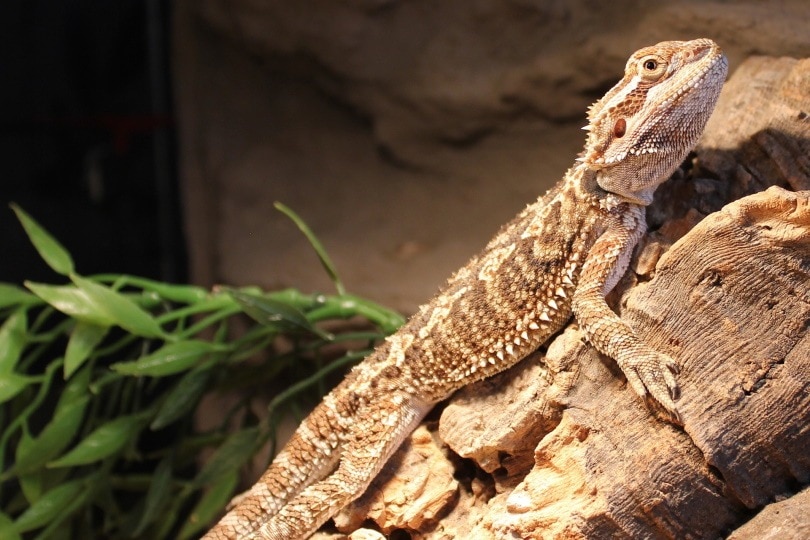
Your Bearded Dragon is an omnivore, meaning that it will eat both plants and animals as we do. When your Bearded Dragon is still small, it will require a diet of 80% insects and 20% vegetables, though most owners port that their pet refuses to eat veggies during this time. Once your pet is an adult, it will require a diet that consists of 80% vegetables and 20% insects.
What Vegetables Do Bearded Dragons Eat?
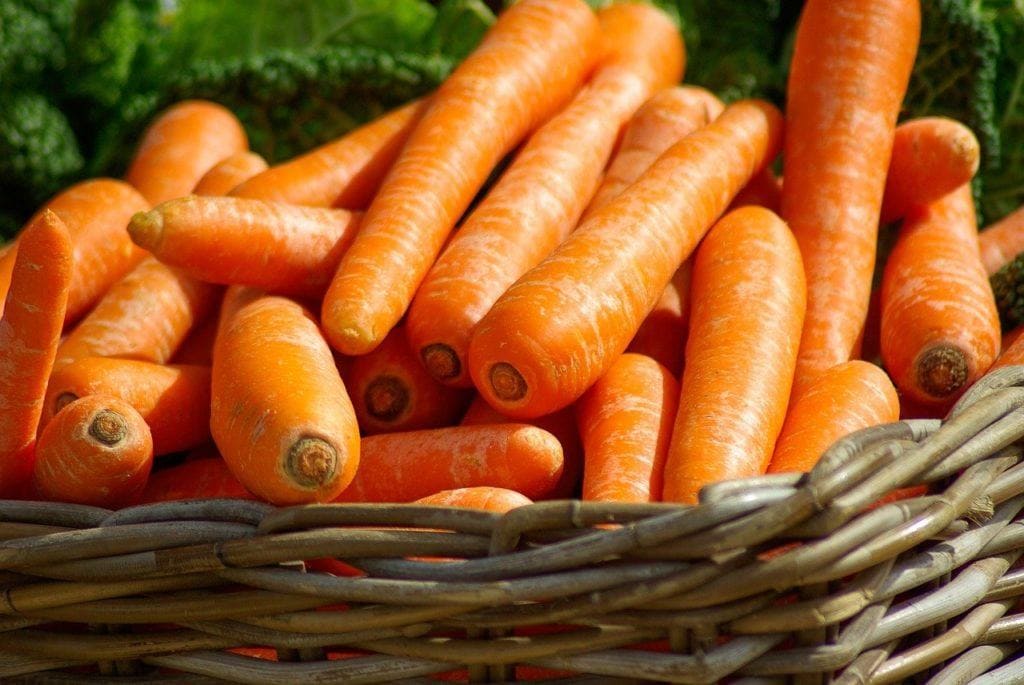
Your Bearded Dragon can eat a wide variety of vegetables, and we recommend feeding your pet an assortment of vegetables for optimal nutrition. We’ve provided a list of several safe vegetables, but if a certain vegetable is not on this list, we recommend looking up the nutritional data to ensure it has a suitable 2:1 ratio of calcium to phosphorus.
Suitable Vegetables
- Acorn squash
- Artichoke Heart
- Asparagus
- Bell peppers
- Butternut squash
- Cabbage
- Carrots
- Chicory
- Collard greens
- Cucumber
- Dandelion Greens
- Kale
- Lentils
- Mustard greens
- Parsnip
- Pumpkin
- Spaghetti squash
- Yams
- Yellow squash
- Zucchini

What Fruits Do Bearded Dragons Eat?
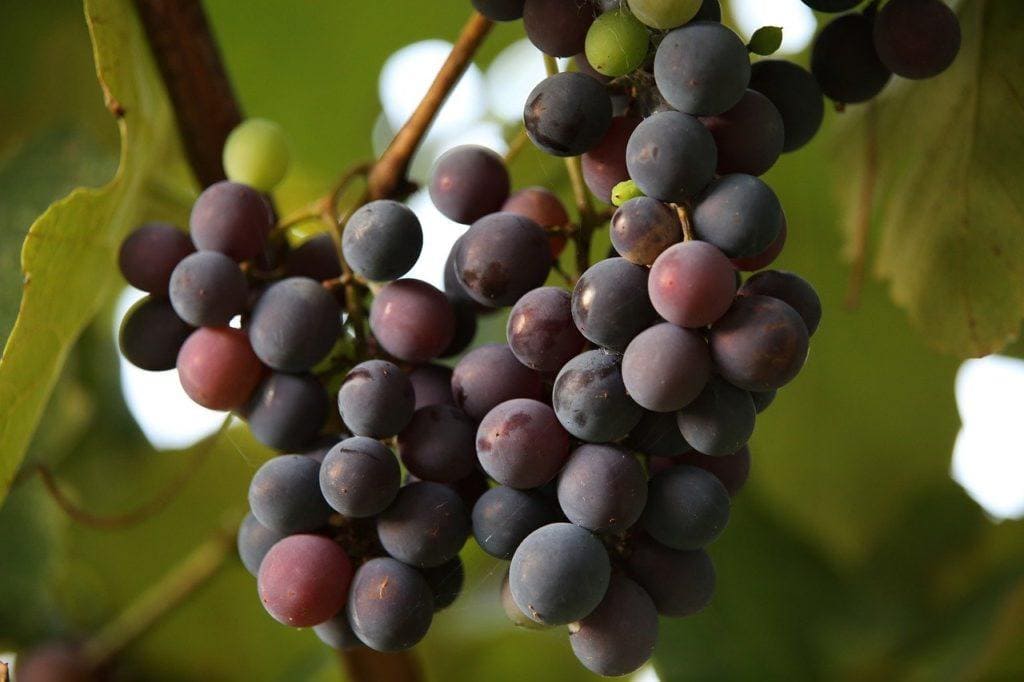
Like vegetables, there is a wide variety of fruits that your Bearded Dragon can eat. You will want to provide fruit in much smaller amounts to avoid adding too much sugar to your diet. However, many Dragons love to snack on fruit, and it makes a great treat. When selecting fruit to feed your pet, you will want to follow the same calcium-phosphorus ratio we set for vegetables.
Suitable Fruits
- Apricots
- Apples
- Berries
- Cherries
- Figs
- Grapes
- Mangos
- Peaches
- Pears
- Pineapple
- Prunes
- Watermelon

What Insects Do Bearded Dragons Eat?
Bearded Dragons can eat a wide variety of insects, including butter worms, cockroaches, crickets, earthworms, mealworms, wax worms, and more. You should never feed your pet insects you found around your home because there is a chance that they are carrying harmful bacteria that they will transmit o your pet.
Crickets
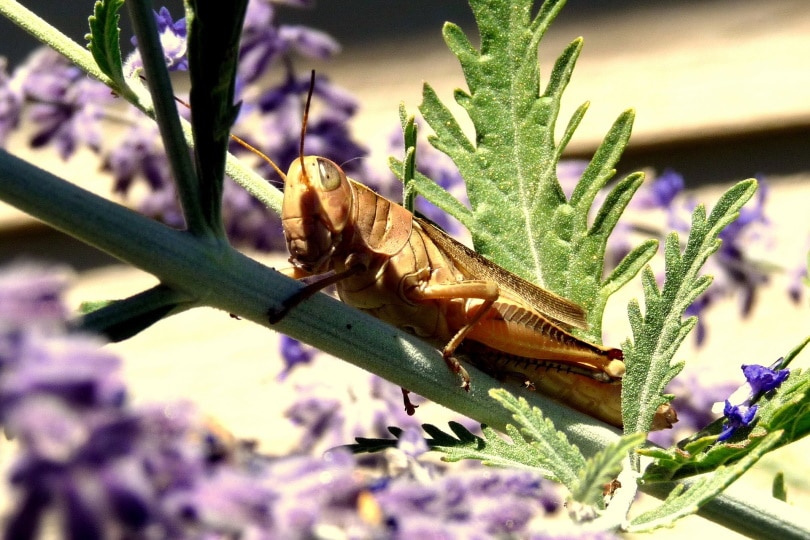
Crickets are probably the most popular insect to feed your Bearded Dragon because they are easy to find at almost any pet store, and they are relatively inexpensive. You can also raise them if you have an area in the garage or other place to store them, which can significantly reduce food costs. Another great thing about crickets is that they don’t scurry off and hide like many other insects, so it’s easier for your pet to catch them, and their shell is a little softer and easier to digest while still providing the essential chitlin protein.
The problem with feeding your Bearded Dragon crickets is that they smell bad and also make quite a bit of noise if you are trying to raise them. They can also jump and escape while trying to put them in the cage and may even escape from the cage before your Bearded Dragon catches it.
Pros
- Easy to find
- Inexpensive
- Softer shell
Cons
- Smell bad
- Noisy
- Might escape
Dubai Roaches
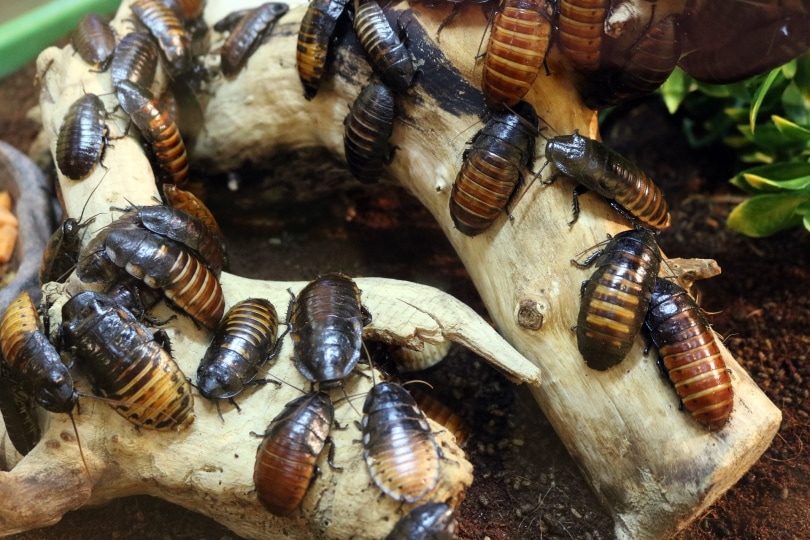
Dubai roaches are another popular food for Bearded Dragons and are almost as easy to find as crickets. These insects are quiet and don’t jump or climb, so you won’t need to worry about them escaping, and you can raise them in your home if you have a dark space to house them. In addition, they have a longer lifespan than crickets, and they don’t carry parasites the way other bugs might.
The downside to Dubai Roaches is that they are similar to cockroaches and freak people out. They also have a harder shell that doesn’t hold powdered calcium supplements very well, and they tend to hide or remain motionless, making it difficult for your Bearded Dragon to find them.
Pros
- Quiet
- Can’t escape
- Don’t carry parasites
Cons
- Creepy
- Its Hard shell
- Tend to hide and remain motionless

Supplements
Besides a healthy and balanced diet of insects, fruit, and vegetables, your Bearded Dragon requires a calcium and vitamin D3 supplement to help prevent a calcium deficiency in your pet. Most owners dust the insects with the powdered supplement before feeding them to your pet, but you can also powder the fruits and vegetables. We recommend following the instructions on the container for best results.
Metabolic Bone Disease
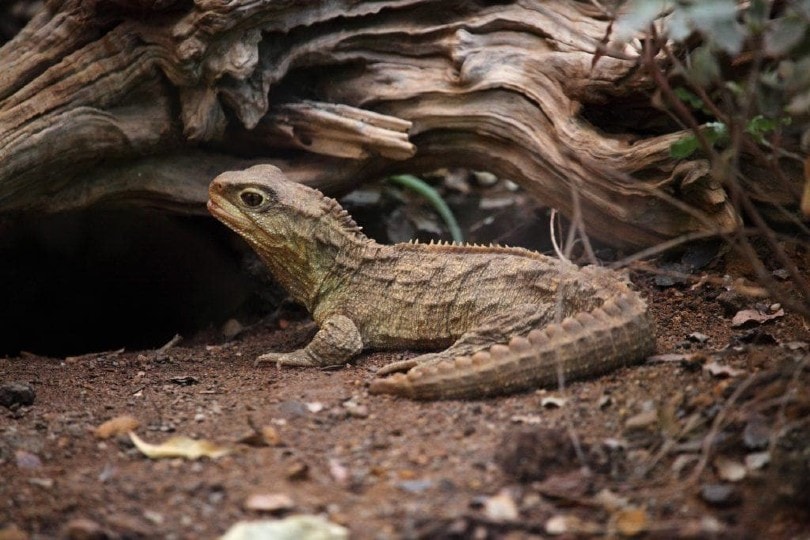
Metabolic Bone Disease (MBD) results from your pet not getting enough calcium or eating too much phosphorus preventing it from getting absorbed. As a result, MBD causes your pet’s bones to become soft and brittle, often resulting in broken bones or complete immobility. Once this disease sets in, it can be difficult to reverse and is potentially fatal.

Summary
There are several vegetables that your Bearded Dragon can eat safely, and they will make up a large part of your pet’s diet once it becomes an adult. Dandelion greens are our favorite choice, followed closely by collard greens, but kale, mustard greens, and the others are all fine choices. We recommend feeding crickets to compliment the vegetables because they are easier to find, hold the calcium dusting better, and are easier for your pet to catch. W recommend limiting fruit to tiny portions and using it primarily as a treat.
We hope you have enjoyed reading over this short guide and found it helpful for answering your questions. If we have helped you provide your pet with a healthier diet, please share this guide to what kind of vegetables your pet can have on Facebook and Twitter.
Featured Image Credit: KeraMik, Pixabay
Ed Malaker is a veteran writer who has contributed to a wide range of blogs that cover tools, pets, guitars, fitness, and computer programming. When he’s not writing, Ed is usually performing DIY projects around the house or working in the garden. He’s also a musician and spends a lot of time helping people fix their guitars and composing music for independent films.






